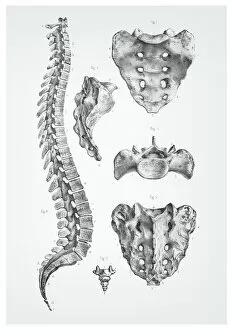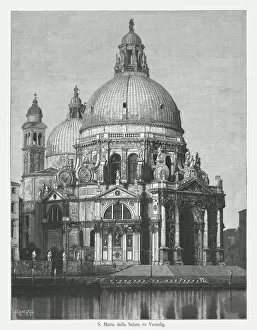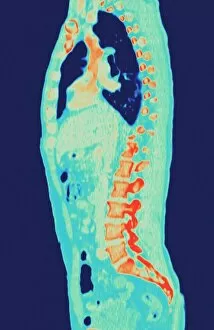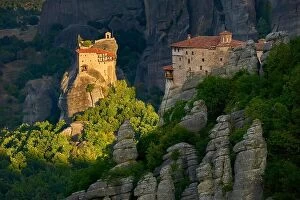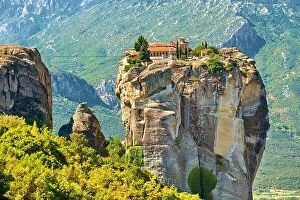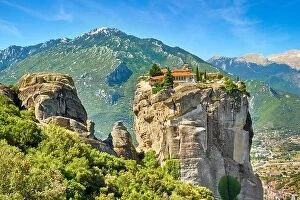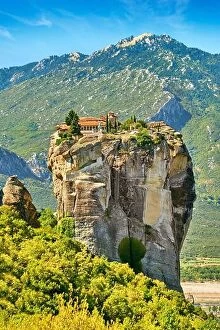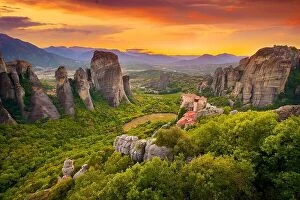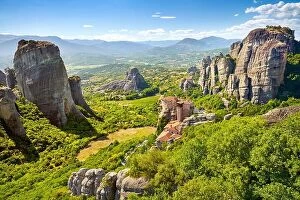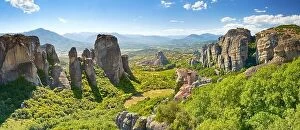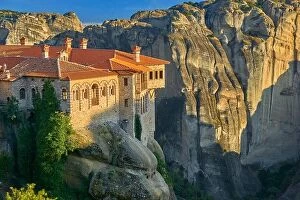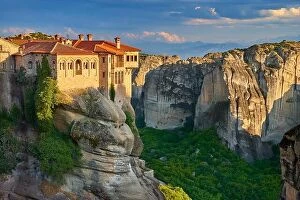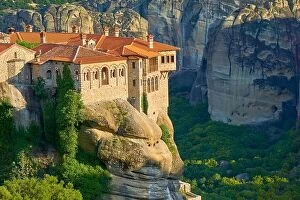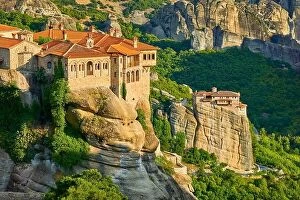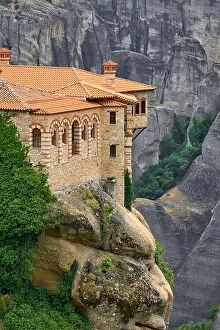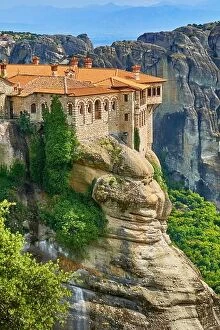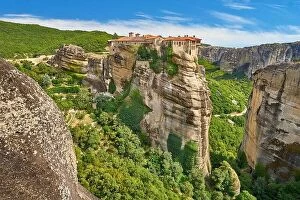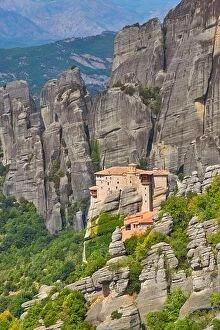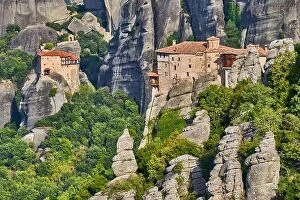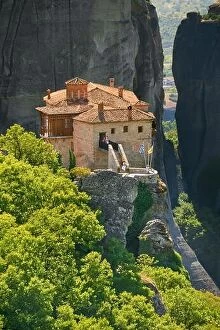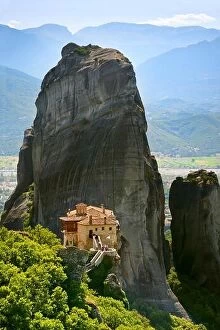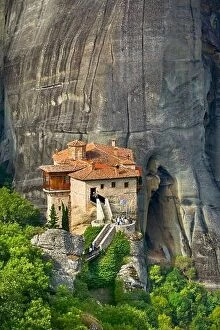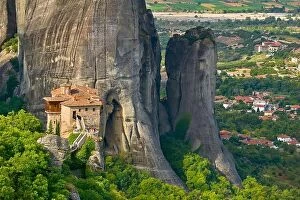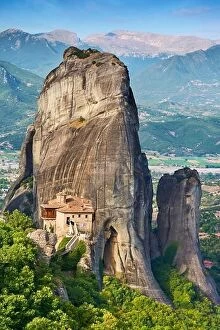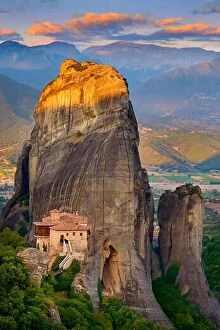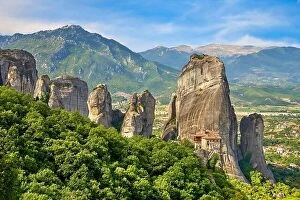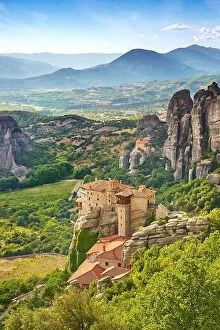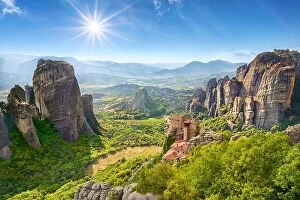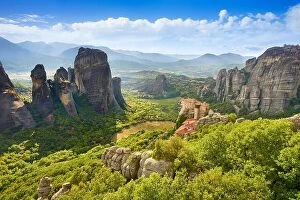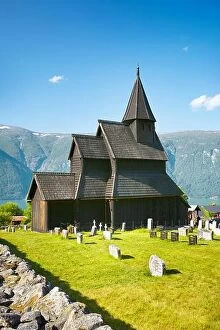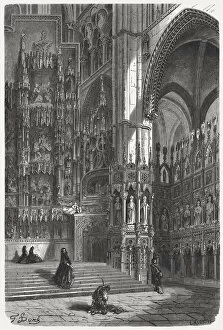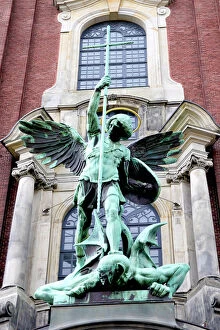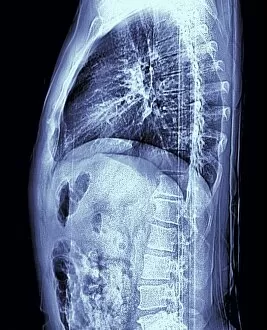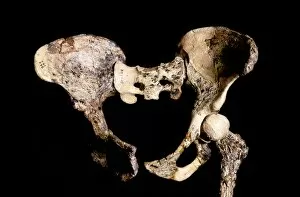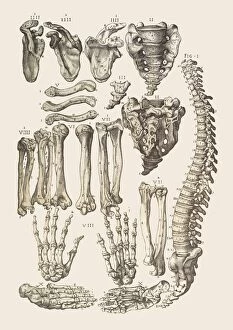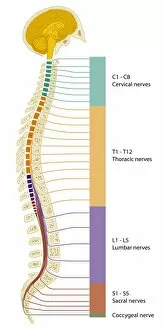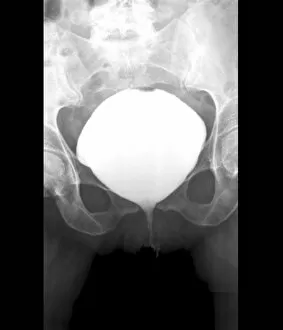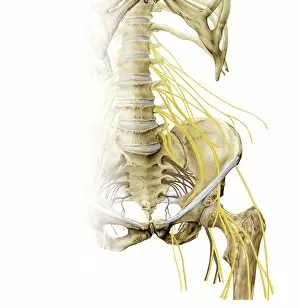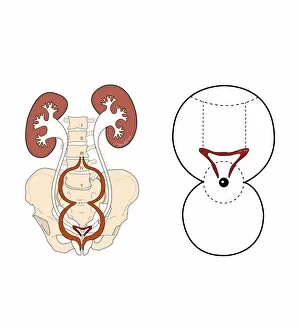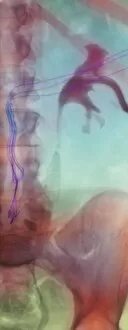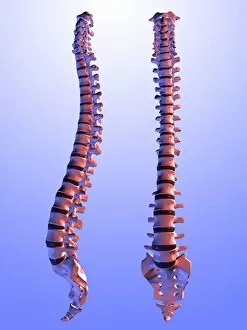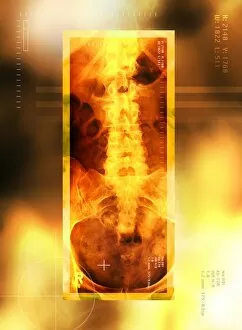Sacral Collection
"Sacral: Unveiling the Mysteries of the Human Spine and Beyond" Step into a journey through time and space as we explore the fascinating world anatomy
For sale as Licensed Images
Choose your image, Select your licence and Download the media
"Sacral: Unveiling the Mysteries of the Human Spine and Beyond" Step into a journey through time and space as we explore the fascinating world anatomy. From ancient illustrations to modern medical scans, this captivating collection reveals the intricate details of our spinal structure. Delve into history with an 1866 illustration showcasing the human spine's complexity. Witness its evolution in art, from wood engravings depicting Santa Maria della Salute in Venice to sculptures like "La Parisienne" portraying Minoan elegance. Marvel at religious symbolism as St Michaelis Church in Hamburg presents a sculpture capturing Archangel Michael's triumph over Satan. Toledo Cathedral's grandeur, published in 1871, transports us to Spain's rich cultural heritage. Discover how our nervous system intertwines with the thoracic region through a depiction of the sympathetic nervous system. Explore further as we unravel the sciatic nerve and sacral plexus, vital components responsible for lower limb function. Travel back millions of years with Australopithecus africanus pelvis STS-14 C015/6919, shedding light on our ancestors' pelvic structure. Finally, witness bones from across the human skeleton come together harmoniously in another MRI scan of a torso. Join us on this enlightening journey where science meets artistry and history intertwines with medicine. The sacrum holds secrets that connect us all – past, present, and future – reminding us of our shared humanity within these intricately woven structures that support life itself.

